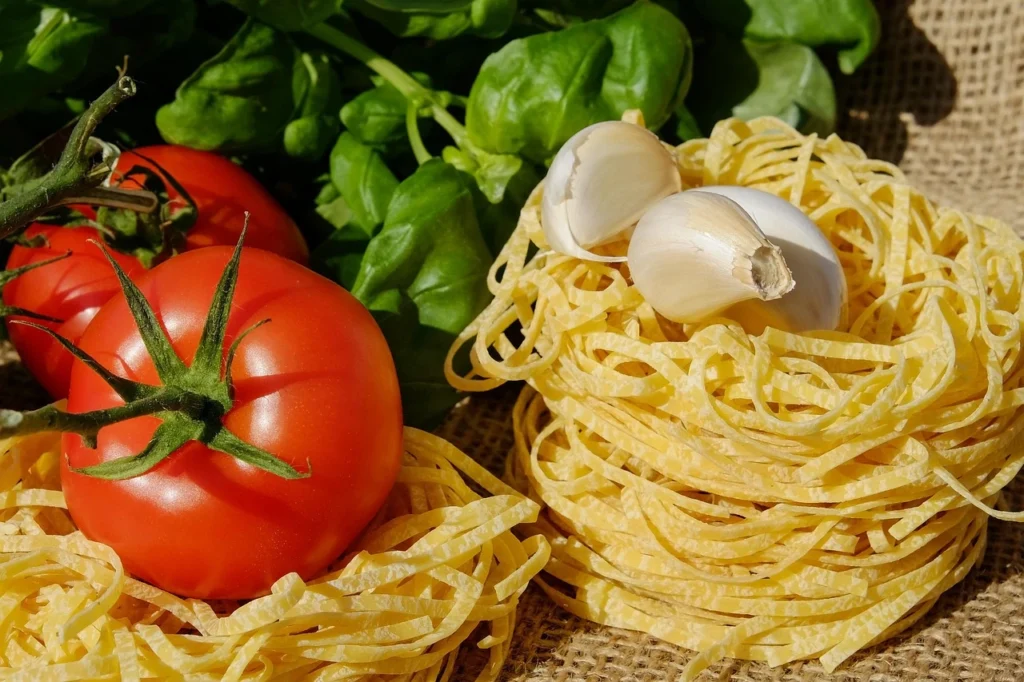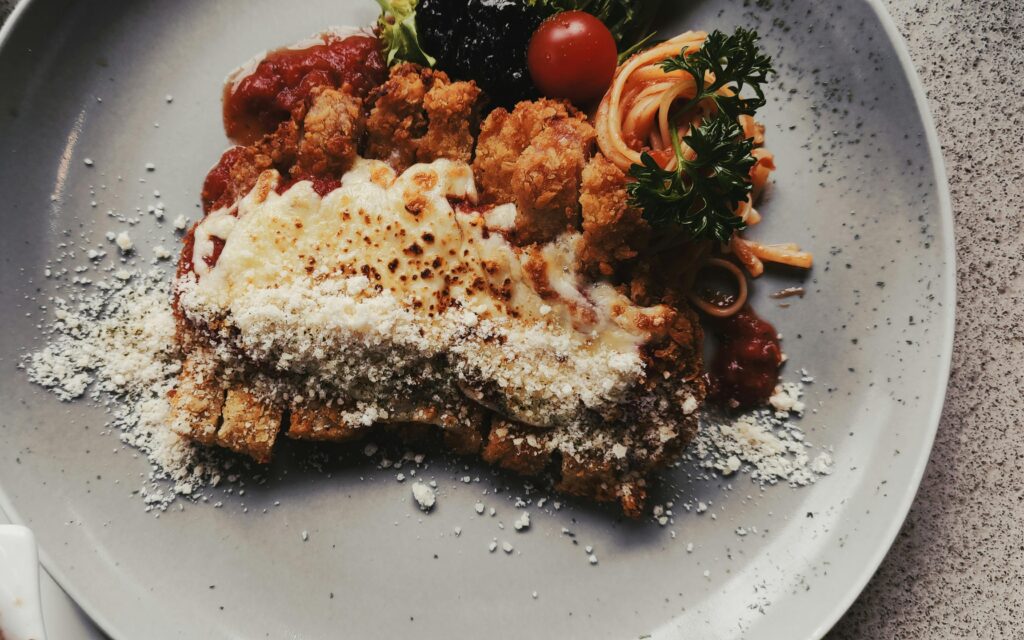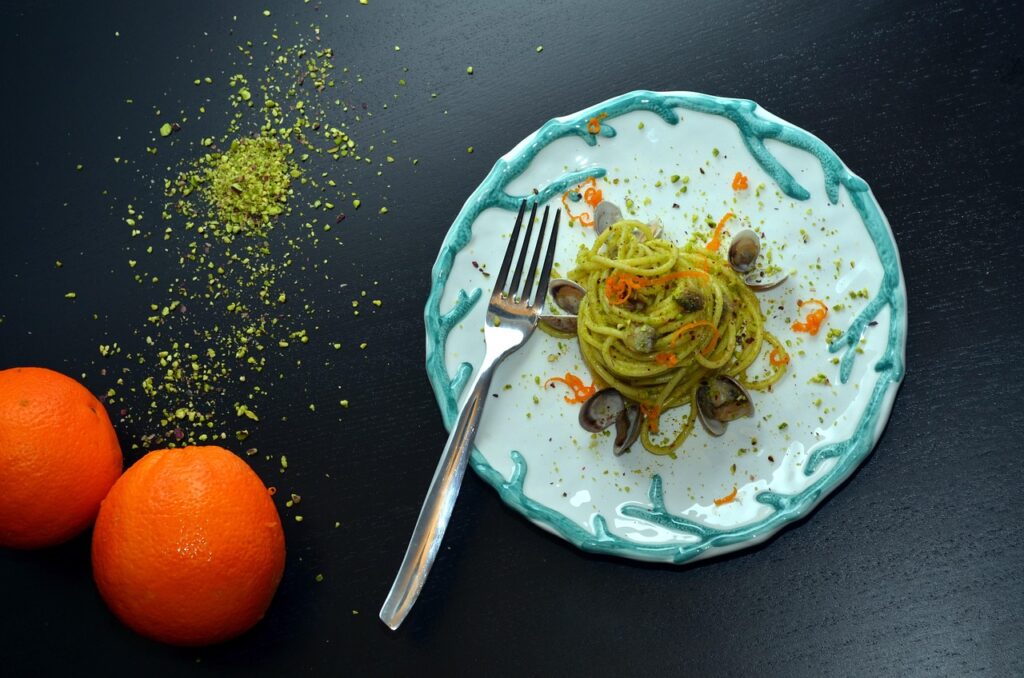Focus keyword: Malloreddus pasta
10 Irresistible Reasons Malloreddus Pasta Deserves a Place on Your Table
Introduction:
Malloreddus pasta is a small, ridged semolina pasta from Sardinia. People often call it Sardinian gnocchetti because of its small, pillowy size, but Malloreddus pasta is made from durum semolina and water, not potatoes.
This pasta holds sauce in its grooves, so every bite of Malloreddus pasta delivers texture and flavor together. In this article, you will learn where Malloreddus pasta comes from, how to cook it, and why it deserves a permanent place on your table.
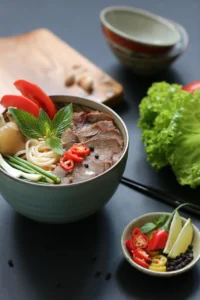
For quick context on regional pasta types, see Encyclopaedia Britannica and Eataly.
History and Origins
The story of Malloreddus pasta is closely tied to Sardinia’s rural life. The name references livestock and abundance; Malloreddus roughly means “little calves” in the Sardinian dialect.
Historically, families made Malloreddus pasta by hand. Women rolled dough into ropes, cut small pieces, and pressed each piece on a tool or basket to create ridges. The ridges helped sauces cling during communal meals and festivals.
Over the centuries, Malloreddus pasta has become a symbol of Sardinian hospitality and a staple of seasonal celebrations. Today, artisanal producers keep the tradition alive across Sardinia and beyond.
Why it Works So Well
Malloreddus pasta succeeds because of its shape and material. Semolina gives the pasta a firm bite. The grooves trap sauce. The small size cooks quickly and carries concentrated flavors.
Those design elements make Malloreddus pasta idealragùboth both rustic ragù and lighter seafood dishes. The same ridges that catch sausage and tomato also cradle droplets of olive oil and herb vinaigrettes.

Key Ingredients for Malloreddus Pasta
Semolina and Water
Traditional Malloreddus pasta is made from coarse durum semolina mixed with warm water. That simple blend yields firm, golden pasta that stands up to hearty sauces.
Saffron (Optional)
Sardinia grows saffron, and many recipes add a pinch for aroma and color. Saffron is optional, but it adds a local flavor to the pasta when used.
Local Cheese
Pecorino Sardo or other aged pecorino cheeses are the classic finishing touches for Malloreddus pasta alla Campidanese.
Classic Recipe: Alla Campidanese
Malloreddus alla Campidanese is the dish most people associate with this pasta. It combines with witragùpork sausage ragù, saffron, and grated Pecorino Sardo.
Ingredients (serves 4)
- 400g Malloreddus pasta (dried or fresh)
- 300g Sardinian pork sausage or good-quality pork sausage
- 400g canned tomatoes, crushed
- 1 small onion, finely chopped
- 1 pinch saffron (optional)
- Olive oil, salt, pepper
- Grated Pecorino Sardo to finish

Method
- Brown the sausage in olive oil, breaking it into small pieces. Remove excess fat if needed.
- Sauté the onion until soft, then add the crushed tomatoes and simmer for 20–25 minutes. Add saffron near the end.
- Cook in salted water until al dente (check the package for timings, as dried pasta cooks faster than fresh).
- Reserve some pasta water. Drain and finish in the pan with sauce and a splash of pasta water to bind.
- Serve topped with grated Pecorino Sardo.
That classic pasta showcases the pasta’s texture and the bold flavors of Sardinia.
Delicious Variations
While all Campidanese is iconic, Malloreddus pasta adapts well to other pairings.
- Seafood Malloreddus: clams, mussels, prawns, light tomato and garlic sauce.
- Vegetable Malloreddus: roasted zucchini, eggplant, cherry tomatoes, basil.
- Saffron cream Malloreddus: saffron, cream, lemon zest for a celebratoryragùh.
- Wild boar ragù: for a deeper, gamey profile when available.
Each variation highlights how it captures sauce and flavor in small, memorable bites.
How to Cook Perfectly
Cooking Tips
- Use generous amounts of water and salt; the pasta water should taste like the sea.
- Stir early to prevent sticking because it is small and can clump.
- Test a piece for al dente: it should be tender with a slight bite.
- Reserve pasta water to finish the sauce and create a silkier texture.
- Finish it in the saucepan for 30–60 seconds so the grooves soak up flavor.
These small steps make a significant difference to the texture and flavor of Malloreddus pasta.


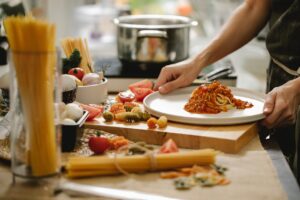
Pairing with Wine and Sides
Pairing it depends on the sauce. For Malloreddus pasta alla Campidanese, choose a bold Sardinian red like Cannonau (Grenache).
Seafood Malloreddus pasta goes best with Vermentino or other crisp whites. For saffron and cream, a light sparkling or a soft red works well.
Serve with roasted vegetables, crusty bread, and a sprinkling of Pecorino for authenticity.
Nutrition and Health Notes
It is made from durum semolina, which provides complex carbohydrates and a modest amount of protein. Paired with vegetables, olive oil, and lean proteins, fits a balanced Mediterranean-style meal.
Use whole-ingredient sauces, watch portion size, and add a side salad to boost fiber and nutrients when serving it.
For context on the benefits of the Mediterranean diet, see Harvard Health.
FAQs
Is it the same as gnocchi?
No. It is semolina-based and shaped into small, ridged shells. Potato gnocchi are potato-based dumplings with a very different texture.
Can I find it outside Sardinia?
Yes. Check artisanal Italian grocers and online specialty stores. Search for brands that note traditional production methods for authentic Malloreddus pasta.
Is there a gluten-free?
Some makers produce corn or rice-based versions. It differs from traditional semolina, but it serves as a good alternative for those with gluten-free needs.
Conclusion:
It is small but distinctive. Its semolina strength, ridged texture, and cultural roots make it a pasta worth trying again and again. Whether you cook it alla Campidanese or invent a modern twist, it rewards good ingredients and simple technique.
Add it to your rotation, try the classic recipe above, and link this experience to other pasta guides like the Ravioli pasta guide, the Bucatini pasta guide, and the Linguine pasta guide for a cohesive site structure and improved internal linking.
